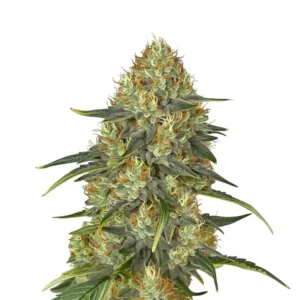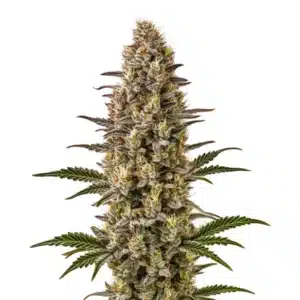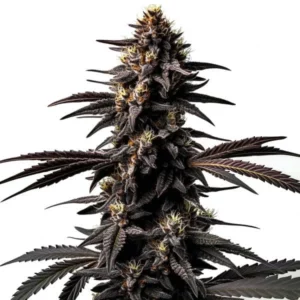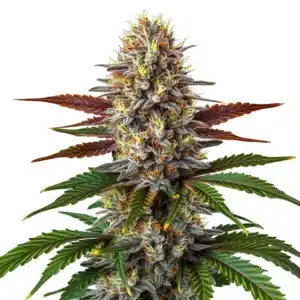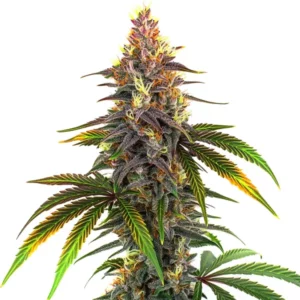Link Between Cannabis and Migraines
How Cannabis Affects the Nervous System in Migraine Patients
Cannabis for migraine treatment has gained attention due to its potential to alleviate symptoms and provide relief for chronic sufferers. Cannabis contains compounds called cannabinoids, such as THC and CBD. These interact with the body’s endocannabinoid system, which helps regulate pain, inflammation, and other functions. In migraine patients, this interaction might influence how pain is processed, potentially offering relief during migraine attacks. Studies suggest that cannabinoids can impact pain perception by modulating neurotransmitters involved in pain signaling. However, the exact mechanisms remain under investigation.
Beyond pain modulation, cannabis may also reduce the release of pro-inflammatory chemicals, which contribute to migraine symptoms. By decreasing inflammation in the brain, cannabinoids could help prevent or lessen the severity of migraines. Additionally, cannabis has shown potential in reducing vascular inflammation, a significant factor in migraine onset. Some researchers suggest that cannabis may improve blood flow regulation, which could prevent sudden constriction of blood vessels that often leads to migraines.
The Function of the Endocannabinoid System in Pain Regulation
For those exploring the best edibles for migraines, it’s helpful to understand that the endocannabinoid system plays a crucial function in managing pain. It consists of receptors found throughout the body, including the brain. When activated by cannabinoids from cannabis, these receptors can modulate pain signals, potentially reducing migraine intensity. Some researchers believe that an endocannabinoid deficiency might contribute to chronic migraine conditions, making cannabis a potential supplement for individuals lacking sufficient natural cannabinoids.
Additionally, cannabis may help regulate serotonin levels, which are closely linked to migraine attacks. Abnormal serotonin fluctuations can trigger migraines, and cannabis may offer a stabilizing effect. The ability of cannabis to balance neurotransmitters makes it a promising area of research for migraine prevention and symptom relief.
Scientific Research on Cannabis for Migraine Relief
Recent studies suggest that cannabis for migraine treatment may be effective in reducing the frequency and intensity of migraine attacks. A 2022 review highlighted that medical cannabis might reduce the frequency and duration of migraine attacks. Another study found that vaporized cannabis provided relief within two hours for some migraine sufferers. While these findings are promising, more rigorous research is needed to confirm cannabis’s function in migraine management.
Some clinical trials have also suggested that cannabis can be as effective as conventional migraine medications, particularly for patients who do not respond well to pharmaceuticals. However, the lack of standardized dosages and strains makes clinical validation challenging. In addition, researchers are examining whether specific cannabinoid ratios or terpene profiles contribute to better migraine management.
Promos & Deals
Potential Benefits of Cannabis for Migraine Sufferers
Can Cannabis Reduce Migraine Frequency and Intensity?
Cannabis for migraine treatment may help in lowering both the frequency and intensity of migraine attacks by modulating pain perception and reducing neuroinflammation. Some evidence suggests that cannabis can decrease how often migraines occur and how severe they are. Patients have reported fewer migraine days and less intense pain when using medical cannabis. However, individual responses vary, and not everyone may experience the same level of relief.
In addition to reducing pain, cannabis may improve sleep quality, which is crucial for migraine sufferers. Poor sleep is a common migraine trigger, and cannabis’s calming effects could help prevent attacks by promoting restorative sleep. Studies suggest that cannabis, particularly CBD-rich strains, may promote relaxation and reduce stress, two factors that significantly impact migraine occurrence.
The Function of CBD and THC in Pain Management
CBD and THC are key compounds in cannabis for migraine treatment, providing different benefits that may help with pain relief and overall symptom management. Together, they might offer a balanced approach to managing migraine symptoms, addressing both pain and inflammation.
CBD, in particular, has gained attention for its potential to reduce neurological inflammation without producing a high. This makes it a safer option for daily use. THC, on the other hand, may provide immediate relief but should be used cautiously due to its psychoactive effects. Some migraine sufferers find that a combination of both cannabinoids in low to moderate doses works best for long-term relief.
How Cannabis Helps with Migraine-Related Nausea and Sensitivity
Cannabis for migraine treatment has been reported to ease nausea and sensitivity to light and sound, common symptoms associated with migraines. Cannabis has been reported to reduce nausea, making it easier for sufferers to cope during an attack. Additionally, its calming effects might help lessen sensitivity to external stimuli, providing further relief.
The antiemetic (anti-nausea) properties of cannabis are well-documented, and it is frequently recommended for chemotherapy patients. These same properties may be beneficial for those experiencing nausea due to migraines. Some strains, particularly those rich in the terpene myrcene, may help alleviate discomfort by promoting relaxation and sedation.
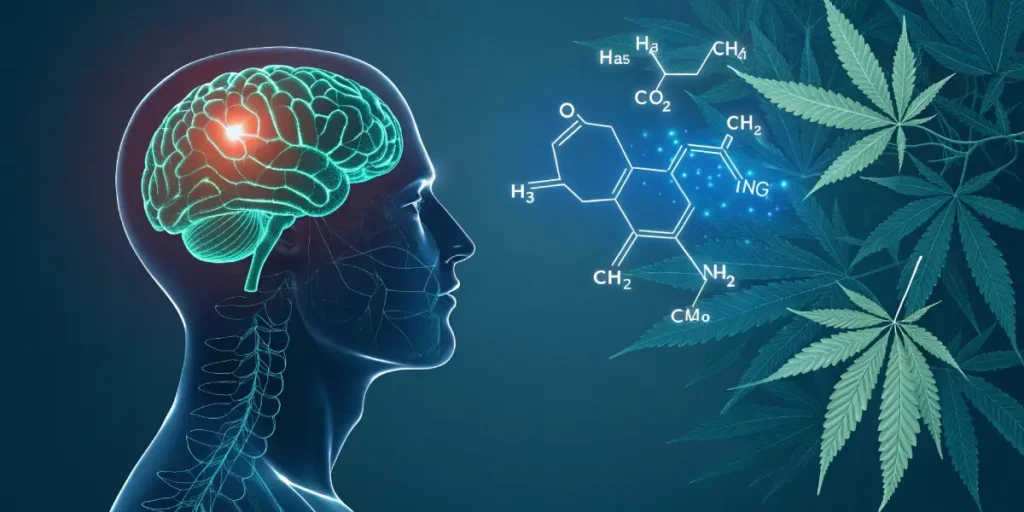
Risks and Considerations of Using Cannabis for Migraines
Possible Side Effects and Precautions
While cannabis may offer benefits, it’s essential to be aware of potential side effects. These can include dizziness, dry mouth, and changes in mood. Some individuals might experience increased anxiety or paranoia, especially with high THC strains. It’s crucial to start with a low dose and monitor your body’s response. Additionally, high-THC strains may cause short-term memory impairment, which could be a concern for some patients.
How Cannabis Interacts with Migraine Medications
Cannabis can interact with other medications, including those prescribed for migraines. These interactions might alter the effectiveness of either the cannabis or the medication. It’s vital to consult with a healthcare professional before combining cannabis with other treatments to ensure safety.
Some migraine medications, such as triptans, affect serotonin levels, and cannabis may enhance or counteract these effects. Understanding these interactions is crucial for effective migraine management. Physicians may recommend adjusting doses or timing of medications to avoid potential conflicts.
Finding the Right Dosage and Consumption Method
Determining the appropriate dosage and method of consumption is crucial for effectiveness and safety. Some people prefer inhalation methods, like vaping, for rapid relief, while others opt for edibles or tinctures for longer-lasting effects. Starting with a low dose and gradually adjusting can help find the optimal balance.
Sublingual (under-the-tongue) tinctures offer precise dosing and quicker absorption than edibles, making them a good option for migraine sufferers looking for controlled relief. Some individuals find that a combination of oral and inhalation methods provides both immediate and prolonged symptom management.
Best Cannabis Strains for Migraine Treatment
High-CBD Strains for Inflammation and Pain Relief
High-CBD strains are favored for their anti-inflammatory and pain-relieving properties without causing a high. Strains like Charlotte’s Web and ACDC are popular choices among migraine sufferers seeking relief without psychoactive effects. These strains may also help with relaxation and stress reduction.
THC-Dominant Strains for Severe Migraine Cases
For those experiencing severe migraines, THC-dominant strains might offer more potent pain relief. Strains such as OG Kush and Purple Kush are known for their strong analgesic effects. However, due to their psychoactive nature, they should be used cautiously.
Terpenes That May Help Alleviate Migraine Symptoms
Terpenes are aromatic compounds in cannabis that contribute to its effects. Linalool, found in lavender, has calming properties, while myrcene, present in hops, offers sedative effects. Choosing strains rich in these terpenes might enhance migraine relief. Other beneficial terpenes include caryophyllene, which has anti-inflammatory effects, and limonene, which may help with mood enhancement and stress relief.

FAQs About Cannabis for Migraine Treatment
Is cannabis an effective treatment for migraines?
Cannabis for migraine treatment has shown promising results in reducing pain, inflammation, and nausea. Some patients report fewer migraine attacks and milder symptoms after using medical cannabis. However, effectiveness varies by individual, and more research is needed to confirm its long-term benefits. Consulting a healthcare professional before using cannabis for migraines is recommended.
What is the best way to consume cannabis for migraine relief?
The best consumption method for cannabis for migraine treatment depends on individual needs. Inhalation methods like vaping provide fast relief, while edibles and tinctures offer longer-lasting effects. Some patients prefer sublingual tinctures for precise dosing and controlled symptom management. Choosing the right method depends on how quickly and effectively relief is needed.
Are there any risks of using cannabis for migraines?
While cannabis for migraine treatment can help with symptoms, it may also cause side effects such as dizziness, dry mouth, or increased anxiety, especially with high-THC strains. Additionally, cannabis can interact with migraine medications. Starting with a low dose and consulting a doctor can help minimize potential risks and ensure safe use.


